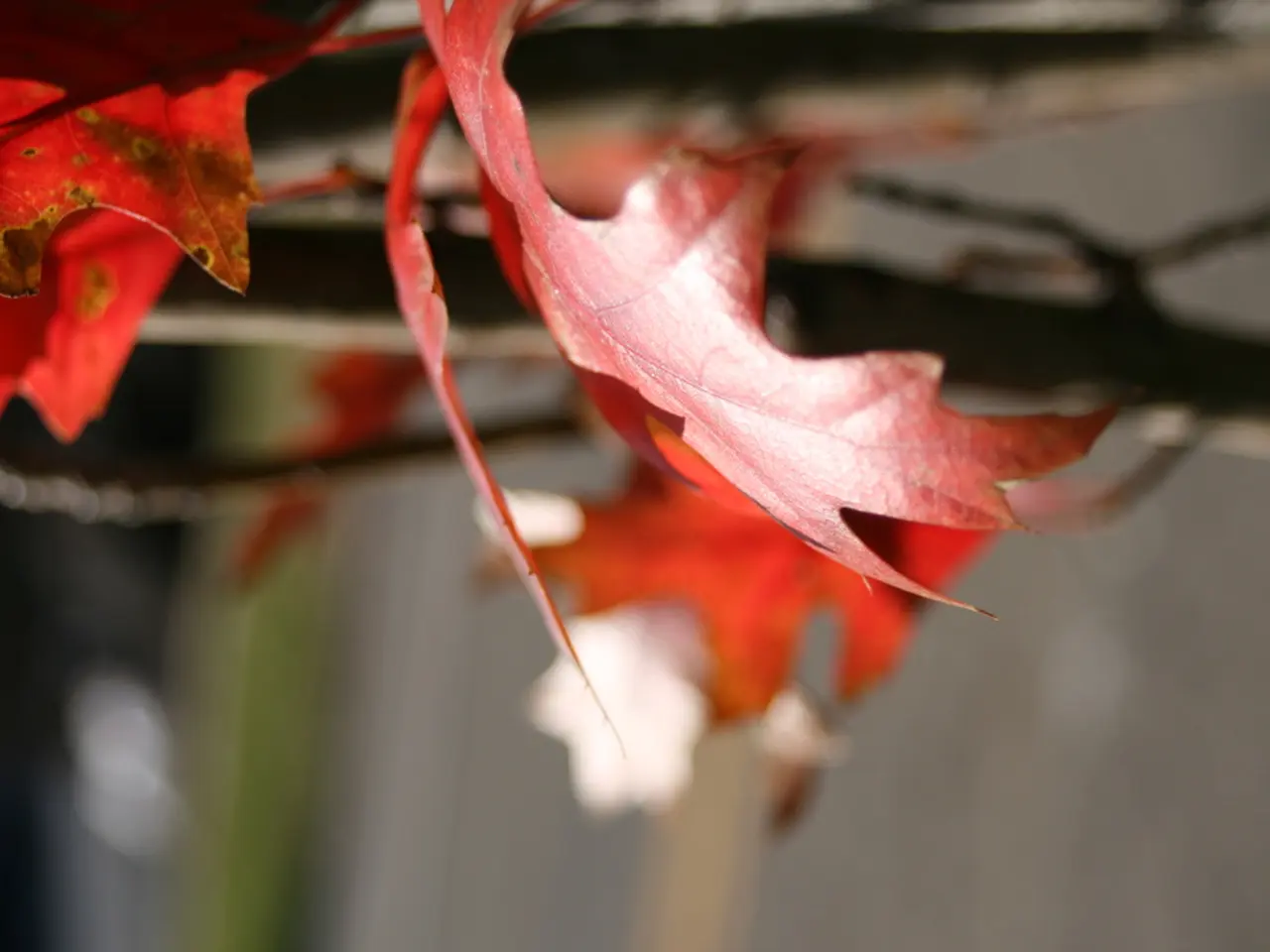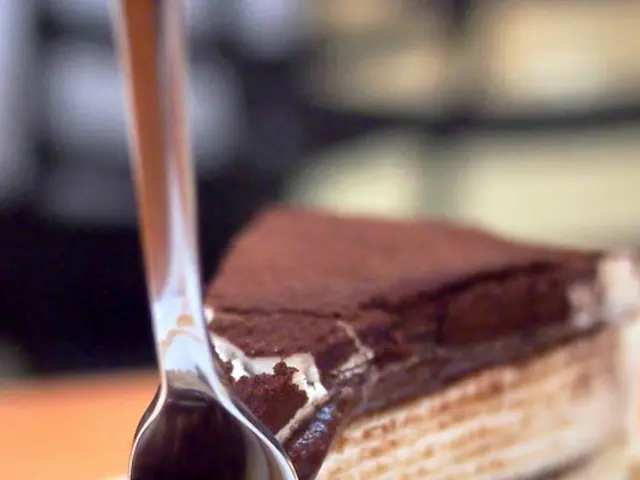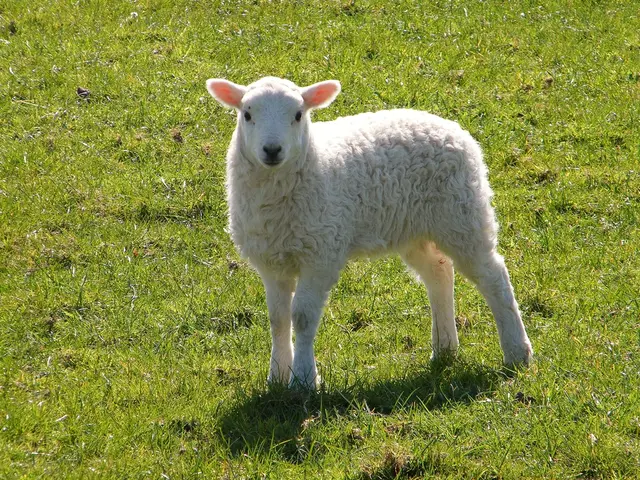Maple Syrup Production as a Pastime Activity
In the heart of winter, as the leaves of maple trees lie dormant and the days begin to warm, a unique opportunity arises for those with a few maple trees on their property. Maple syrup production, a tradition deeply rooted in North America, offers a chance to tap into the sweetness of the season.
The process begins with identifying suitable trees. Look for maples with opposite branching and leaves attached and buds opposite. The sugar maple (Acer saccharum) is the preferred tree for its high sugar content, resulting in a shorter time needed to make maple syrup. However, red and silver maple can also be tapped, though their sap may be cloudier, and the tapping season may be shorter. Black maple, while less prevalent in Ohio, also produces syrup with a sugar content similar to sugar maple.
Once the trees have been selected, it's time to prepare the equipment. Maple equipment suppliers offer beginner's kits that include everything needed to tap a maple tree. A new 5/16 spout made of metal or plastic should be used, as the smaller diameter allows for quick healing of the tap hole. A maple tapping bit, sized correctly and designed to drill straight and clean out the hole, should be used to drill the tap hole. The drill bit should be the same diameter as the spout to prevent leaks.
The drill bit should be sized according to the spile being used, and it should be kept clean to prevent oblong holes that may leak. When determining the diameter of a tree for tapping, a 33-inch rope can be used as a guide, with the ends not touching indicating a tree of at least 10 inches in diameter. Tapping a tree should only be done if it is at least 10 inches in diameter, is healthy, and has a large crown with minimal damage to branches.
If a bucket is used instead of a bag, it should have a cover to keep rain out. If a bucket is placed on the ground below the spout, a tubing spout and a short length of maple tubing can be used to run from the spout to the bucket. Sap can be collected for syrup production until just before tree buds begin to expand, usually sometime in late March or early April, depending on the weather and location in the state.
Maple season in Ohio and other parts of northeastern North America typically occurs in late winter and early spring. During this time, sap flow occurs when nighttime temperatures are below freezing and are followed by days when there is a rapid warming above freezing, ideally to about 40 degrees Fahrenheit.
Sap collected and processed into syrup after bud expansion begins results in "buddy" syrup, which has a distinctly unpleasant flavor sometimes described as "bitter butterscotch." To avoid this, it's essential to process the sap before the buds expand.
Making maple syrup requires boiling the sap until the sugar content of the sap reaches a desired level. This process can be labour-intensive, but modern technology has made it more efficient. Today, commercial producers can use technology like reverse osmosis machines to remove 75 percent of the sap's water content before the boiling process even starts.
When producing maple syrup, equipment should be food grade and sanitation practices should be followed to ensure the safety of the final product. Equipment needed for maple syrup production includes a portable drill, collecting spile (spout), collecting container for each tap, storage tank, bucket, or container for storing sap before boiling, large pan and a heat source for boiling, thermometer, hydrometer and hydrometer cup (optional), filter for filtering finished syrup, containers for finished syrup, and possibly a tubing spout and a short length of maple tubing to run from the spout to the bucket.
For hobby producers, plastic bags for sap collection are convenient and cost-effective. They can be washed and reused, making them a practical choice for smaller-scale operations. However, old tin buckets are discouraged due to their lead content.
With these guidelines in mind, tapping maple trees and producing your own maple syrup can be a rewarding and enjoyable experience. If you're successful, you might even have enough for gifts!
Read also:
- New York City to Eliminate Processed Meats, Boost Plant-Based Proteins in School and City Meals
- Classic Mercedes vehicle from 1910 races again at Pebble Beach, showcasing its rich history, while AMG's future designs display their wild and ambitious direction.
- Advantages and Disadvantages of Abstaining from Dairy Consumption
- Steer clear of these 8 usual blunders in coffee preparation for optimal health advantages








